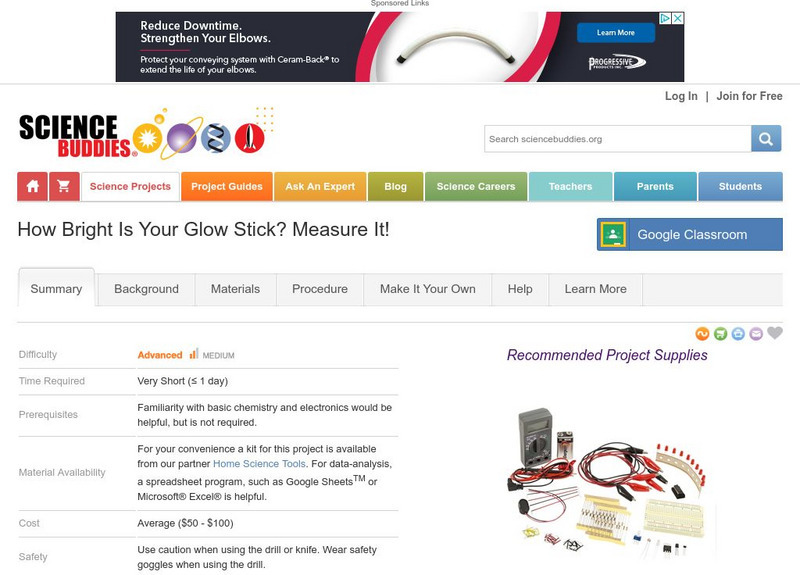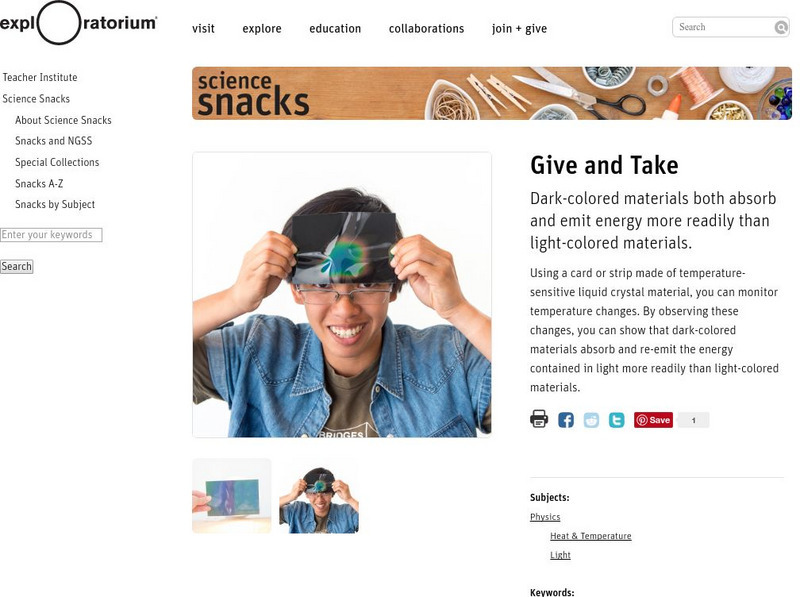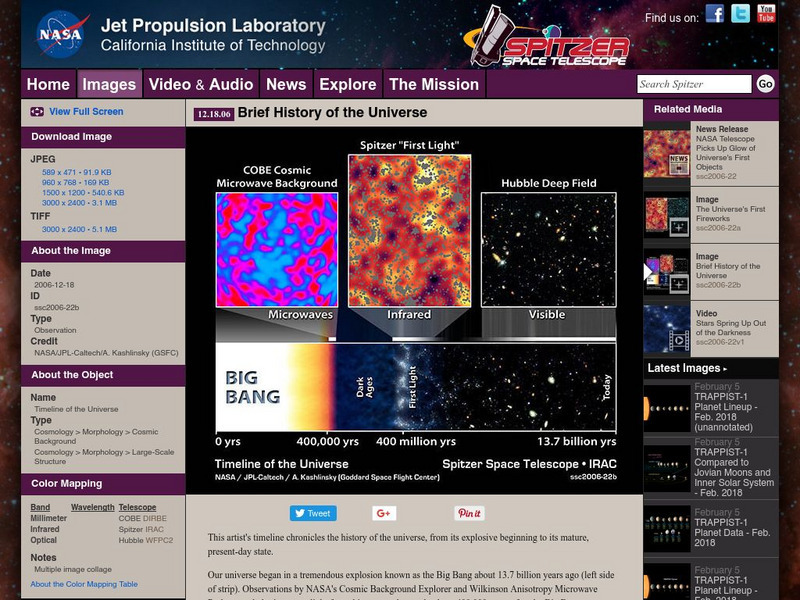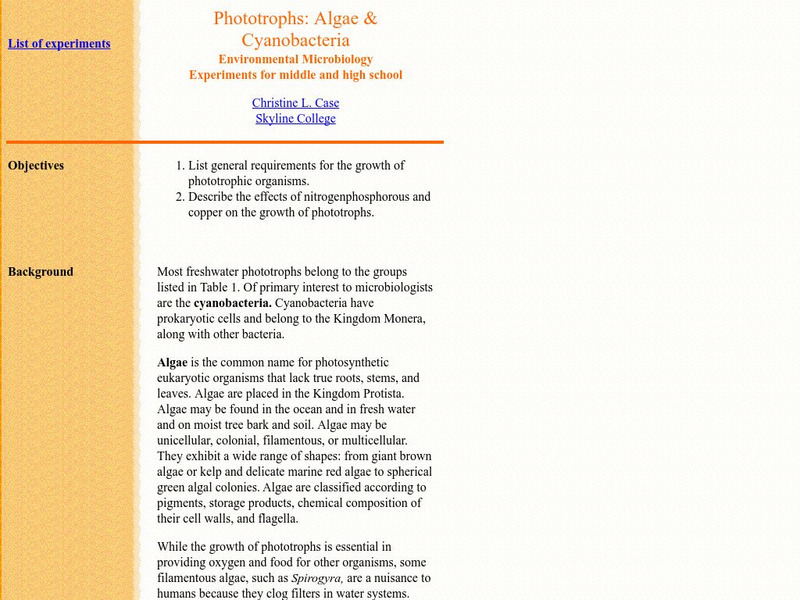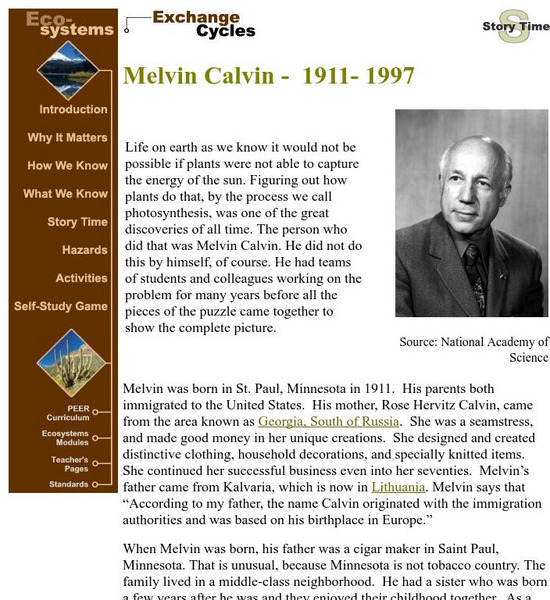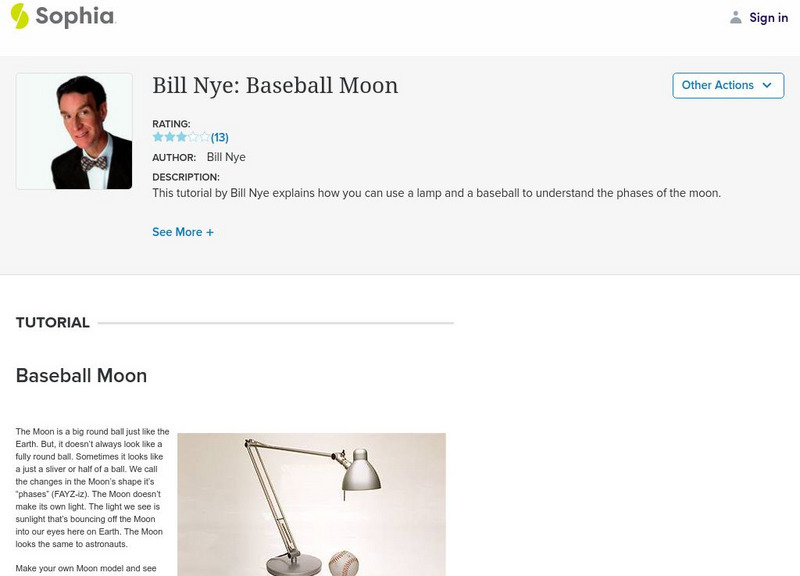Science Buddies
Science Buddies: How Bright Is Your Glow Stick? Measure It!
Objects that glow in the dark hold a special place in the imagination of both children and adults. The lights go out at night, but these odd things refuse to disappear. Where does the light come from? Do they work in any climate? In this...
CommonLit
Common Lit: "A Teen & a Trolley Reveal Society's Dark Side" by Bethany Brookshire
In 2015, a high school senior named Tiffany Sun conducted a social science experiment and presented her results at the Intel Science Talent Search in Washington, D.C. The results of her experiment shed light on an age-old question: are...
BSCS Science Learning
Bscs: Globe at Night Dark Skies
For this inquiry, students predict the best place to stargaze in Arizona based on the brightness of the night sky. Students are introduced to the concept of light pollution and Globe at Night, a global citizen science project in which...
BSCS Science Learning
Bscs: Globe at Night Dark Skies
In this inquiry, students predict the best place to stargaze in Arizona based on the brightness of the night sky. Students are introduced to the concept of light pollution and Globe at Night, a global citizen science project in which...
Science is Fun
Science Is Fun: Making Things Glow in the Dark
Try this experiment to learn how to make things glow under a black light, why this happens, and some applications of this phenomenon.
CK-12 Foundation
Ck 12: Earth Science: Igneous Rocks
[Free Registration/Login may be required to access all resource tools.] Presents igneous rocks, which form from magma, and the two types: dense, dark mafic and less dense, light felsic. Also covers Bowen's Reaction Series.
Exploratorium
Exploratorium: Science Snacks: Give and Take
An activity for students to explore how dark-colored materials absorb and emit more energy vs. light-colored material.
California Institute of Technology
Spitzer Science Center: Brief History of the Universe
Beginning with an image termed the "Brief History of the Universe" this site examines (briefly, as noted) a timeline of the universe as dictated by the image. The timeline includes information on the big bang theory, the dark ages, the...
Other
Skyline College: Phototrophs: Algae and Cyanobacteria
A lab activity where pond water samples are collected to observe the requirements for the growth of phototrophic organisms. To observe these requirements samples are separated into different variable groups. One group is incubated in the...
Annenberg Foundation
Annenberg Learner: Where Is the Player?
Examine how multiple light sources produce shadows of differing darkness and length. Move a player (with four light sources) around the field until your image matches the five other images on the page so you can identify where the player...
Texas A&M University
Peer Curricula: Story Time: Melvin Calvin
A biography of Melvin Calvin, the chemist who figured out how photosynthesis works. The emphasis of this biography is on his early life, the development of his interest in science, and his education.
Sophia Learning
Sophia: Bill Nye: Baseball Moon
Bill Nye explains the phases of the moon with an experiment using a baseball, a lamp on a table, a dark room, and a stool or chair that swivels. As the person moves around, the changes in reflected light show the phases of the moon. The...
